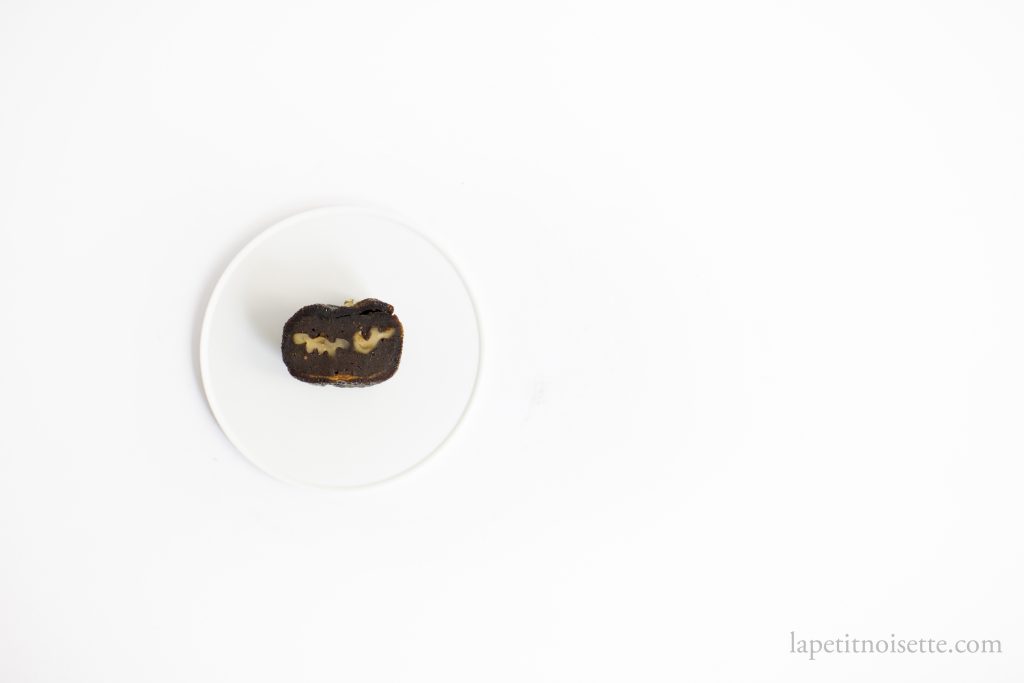
Yubeshi (ゆべし/柚餅子) is a kind of Japanese confectionary that is available throughout most of Japan. It consists of a paste that can be made from a mixture of miso, soy sauce, yuzu or sugar, with some containing nuts and dried fruit. They initially served as an easily transportable snack that warriors could transport during war due to their long lasting qualities.
Whilst a wide variety of regional variation exists, the yubeshi can be mainly divided into two groups, savory yubeshi and sweet yubeshi. For sweet yubeshi, the paste is typically made with a higher percentage of sugar and mixed with mochiko flour and wheat flour to give it more body.
Savory yubeshi is made without the addition of any flour, and can be made with more savory miso like red or hatcho miso. Shape-wise, yubeshi can be made purely from the paste and dried as a rectangle that is cut when served, or the paste can be stuffed into hollowed out yuzu fruits. The version made with stuffed yuzu fruits is the one we’ll be making today.
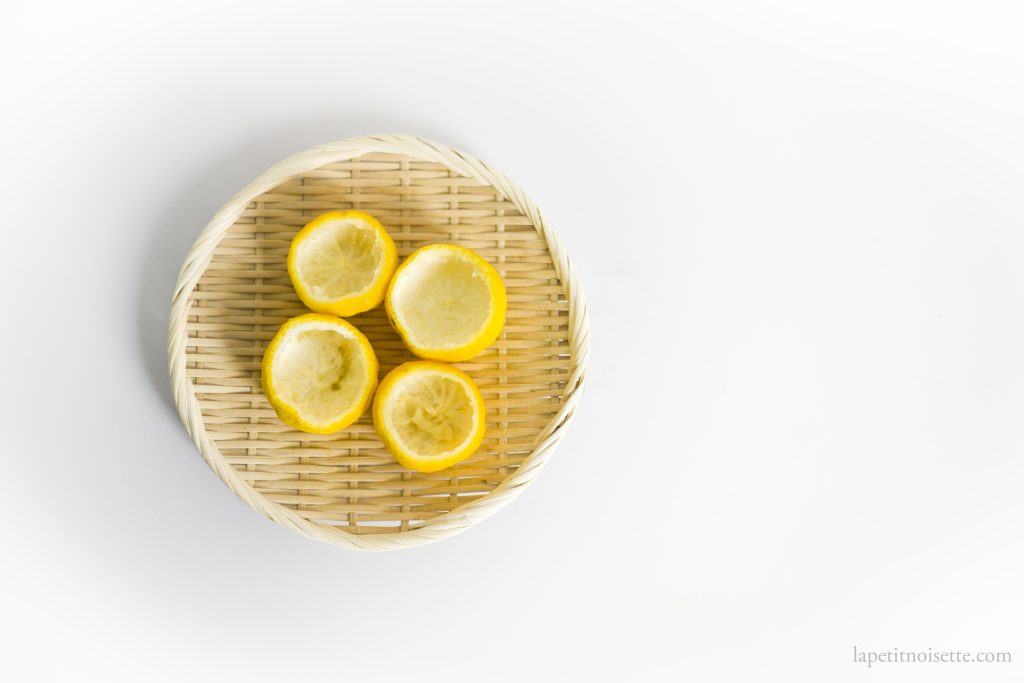
The optimal technique to prepare the yuzu fruit can be quite challenging as it requires the top of the yuzu to be cut off, and the flesh to be scooped out from the hole on top to make a bowl that consists only of the yuzu skin. A spoon is then run along the inner peel to remove the pith, which must be done without breaking the skin. Ideally this would be done until only the yuzu skin is so thin that when shined with a torch, the yuzu skin lights up as a little light gets through. The yuzu is then filled with the prepared yubeshi paste and the top of the yuzu is placed back on as a lid.
The stuffed yuzu is then steamed and then hung out to dry and age. After steaming, the yuzu skin shrinks so the yuzu isn’t filled all the way to the top as some of the miso might be squeezed out. The yuzu tops also need to be placed well to stop any of the steaming liquid from pooling inside the yuzu which will dilute the paste. After steaming, the yubeshi is quite fragile and needs to be handled with care.
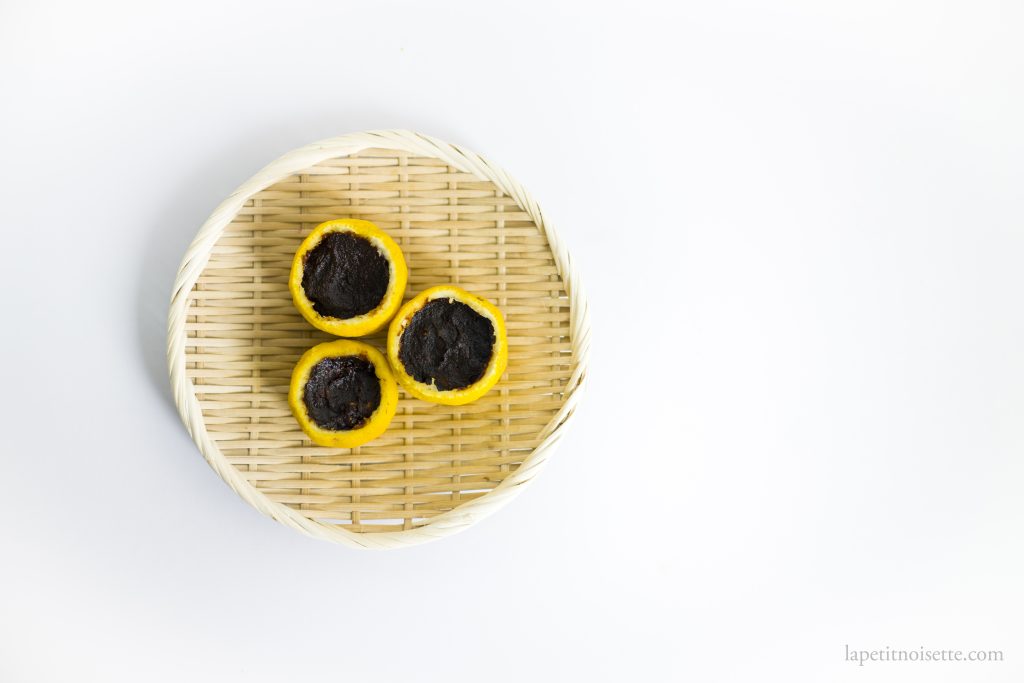
It is at this point however, where the various practices can vary. Some makers prefer to hang and age the yubeshi from 6 months upwards to a few years, whilst some take great care to steam the yubeshi, let it hang, before repeating the steaming and hanging procedure many times. Some places even say that they steam their yubeshi 30 times over the course of several months. As these things go, the proportion of ingredients such as rice flour and miso are also secret to each individual maker and store with some claiming that the recipes have been passed down since they were used in war. For the recipe’s simplicity, we will only be steaming it once before letting it hang.
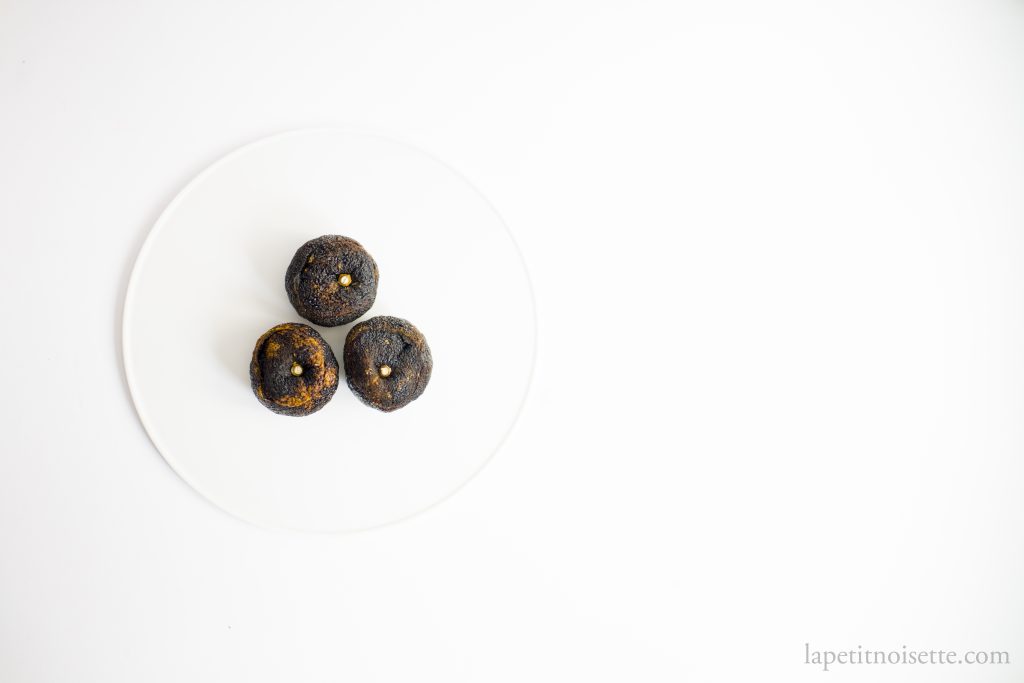
As you hang the yubeshi to age, the moisture evaporates and the texture slowly hardens. The miso also penetrates the yuzu skin making the outer skin a brownish-orange colour which deepings to an almost black-state with age. For this recipe, we only recommend aging the yubeshi for a month before it reaches an edible state, but can be aged for many more months due to the fact that it uses very savory miso. Depending on the humidity of where you live (and the time of the year), the yubeshi can start to dry out really quickly when you let them hang, so after a month or so you might want to cut one open to check. For this recipe I used hatcho miso as an experiment and the yubeshi ended up with a very deep earthy taste which paired surprisingly well with the taste of yuzu. However, I would recommend for people here who might not be familiar with the strong-fermented bitter taste of aged miso to substitute out the hatcho miso with a lighter style of miso. I also recommend using a smooth miso without chunks to give the yubeshi a smooth texture but if you don’t mind chunks or soy bean or rice in your yubeshi, normal miso also works.
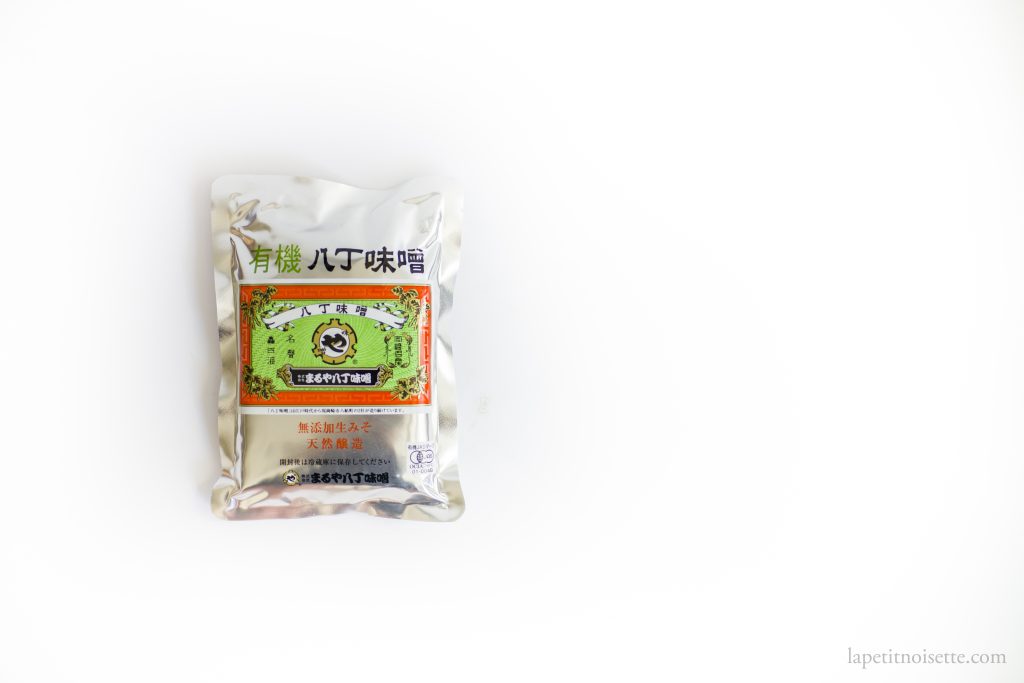
When cutting the yubeshi, you’d want to use an extremely sharp knife as it can be quite the challenge to cut thinly without squashing the yuzu. All parts of the yubeshi are edible including the skin of the yuzu which has a nice chewy texture. If you age the yubeshi for more than a year however, they might be quite firm and so you might want to warm-up the yubeshi by briefly steaming them to soften the texture and bring out the yuzu fragrance.
To serve, slice the yubeshi thinly as appetizers or snacks, and can be used as toppings for rice dishes or softened in miso soup. I’ll be experimenting with a sweeter white miso yubeshi to use in baking next yuzu season, though this savory one was a great success.
The sugar typically used in yubeshi recipes (and other Japanese desserts) is called wasanbon sugar (和三盆). Without going into much detail, it is less refined compared to white sugar but not as caramelised as brown sugar. I feel as though the highly refined and labour intensive process needed to make it is best appreciated when used in traditional Japanese wagashi. When mixed in smaller proportions with stronger miso, I personally prefer a mix of black sugar and white sugar.
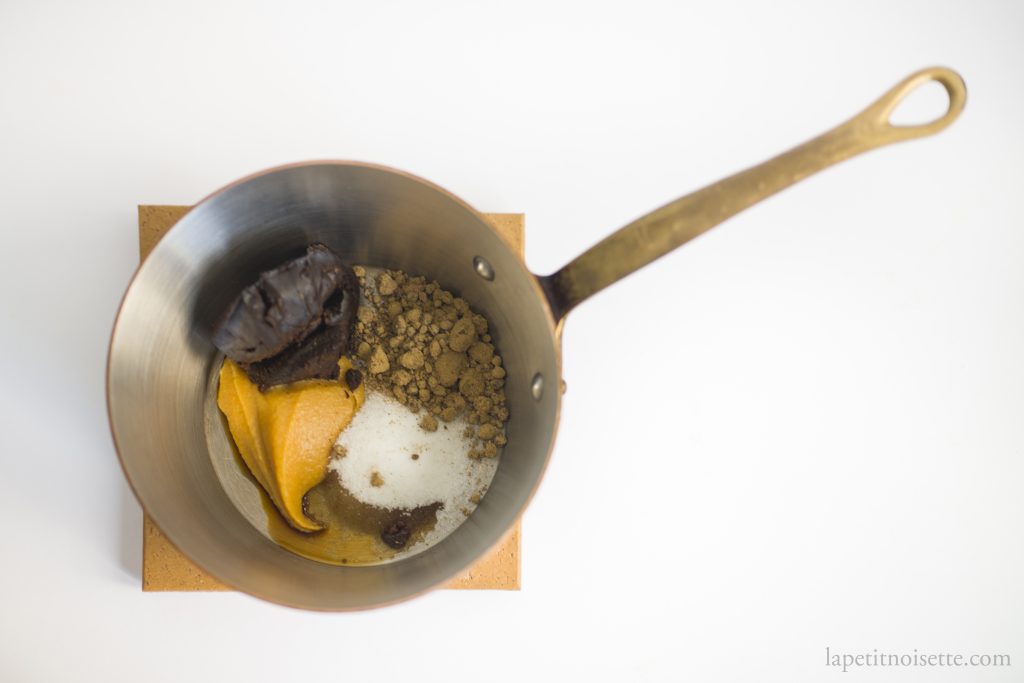
Maru Yubeshi with hatcho miso and walnuts recipe (八丁味噌柚餅子と胡桃の作り方)
- Japanese sarashi cloth (晒し) or muslin cloth
- String
- 5 medium sized yuzu
- 100g of hatcho miso (八丁味噌)
- 100g of white miso (白味噌)
- 50g of Okinawa black sugar or normal brown sugar
- 20g of white sugar
- 15g of mirin
- 45g of yuzu juice (from the flesh of the yuzu above)
- 30g Walnuts
- A dash of sansho pepper (optional)
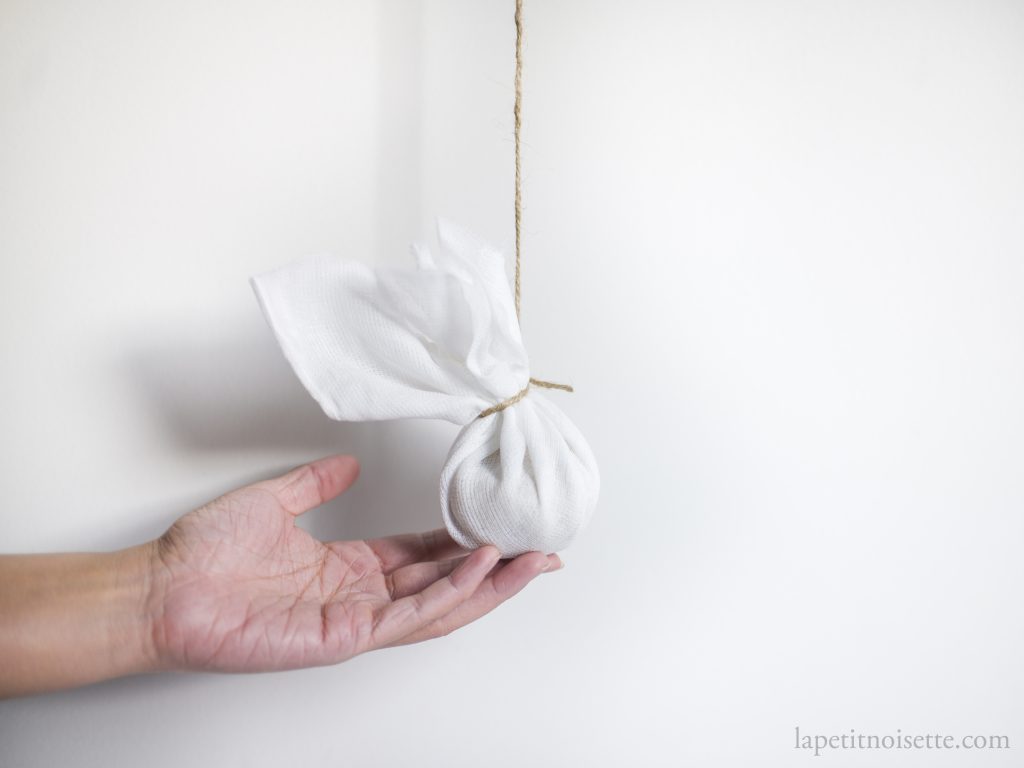
- Wash the yuzu fruit and wipe dry.
- Using a sharp knife, cup the top off the yuzu as though to make a bowl with a lid.
- Using a wooden spoon, scrape out the flesh and seeds of the yuzu from the fruit to make a hollowed out yuzu skin “bowl” and then as gently as possible, remove as much of the pith from the inner walls of the bowl. A wooden spoon is much better compared to a metal one as it has a lower chance of breaking a hole in the skin. If the walls of the skin are broken, the filling will leak out during the steaming.
- Scrape out the pith from underneath the lid of the bowl as well (the top of the yuzu fruit).
- Reserve both the lid and bowl as a pair.
- Squeeze the skinless yuzu fruit to extract 45ml of juice.
- Roast the walnuts in the oven at 180°C for 5 to 7 minutes.
- Add the 2 miso, the 2 types of sugar and the mirin into a saucepan and cook for 10 to 15 minutes over low heat, whisking constantly to combine the mixture and let it thicken. (You can just stir it a little more if you rather not use a whisk).
- Take it off the heat and stir in the yuzu juice to cool it down and add a dash of sansho pepper if you fancy.
- When filling the yuzu, I add a little filling, press in some walnuts, and then add in more filling. Alternatively, you can chop up the walnuts and add them to the filling. I personally prefer big chunks of walnuts in my yubeshi.
- Fill each yuzu 3 quarters of the way full and cover carefully with the top lid. The yuzu will shrink as you steam it, squeezing the filling all the way to the top, sealing the lid to the bowl. If you fill the yuzu up too much, the miso will spill over.
- Steam a smaller sized yuzu for 25 minutes but if your yuzu is the size of an orange, I’d recommend steaming for at least 30 minutes. Once steamed, the yuzu should be softer and slightly spongy.
- Once steamed, allow to cool on a rack for 1 hour. If any of the filling spills out, you can simply wipe it away. If you filled the yuzu with too little filling, remove the lid to make sure that no steaming liquid has accumulated inside the yuzu. If it has, simply pour it out before pressing the lid back on top before it fully cools down.
- Wrap the now steamed yuzu in muslin cloth and tie with a string. Allow to hang by the window for a month but remember to protect them from rain by bringing them inside. You can also hang them inside if you live in a very dry country in a location with good air-circulation.
- When you wrap them and hang them, remember to keep them as straightly upright as possible so that liquid from the filling does not drip out and stain the wrapping cloth, which might allow mold to start growing on the outer wrapping and spread into the yubeshi.
- After hanging for one month, check on a single yubeshi by unwrapping it and cutting off a thin slice with a sharp knife. The skin of the yuzu should be dark brown in colour and slightly chewy but edible. If the texture of the inner filling is to your liking, unwrap the other yubeshi, check for mold growth, before storing in an airtight container. If kept in a clean environment, they should keep for a year at room temperature and even longer in the refrigerator.
- If you want the texture to be less moist and sticky and then flavour more concentrate, allow it to hang for longer at your own judgement. Remember to check for mold growth when harvesting.
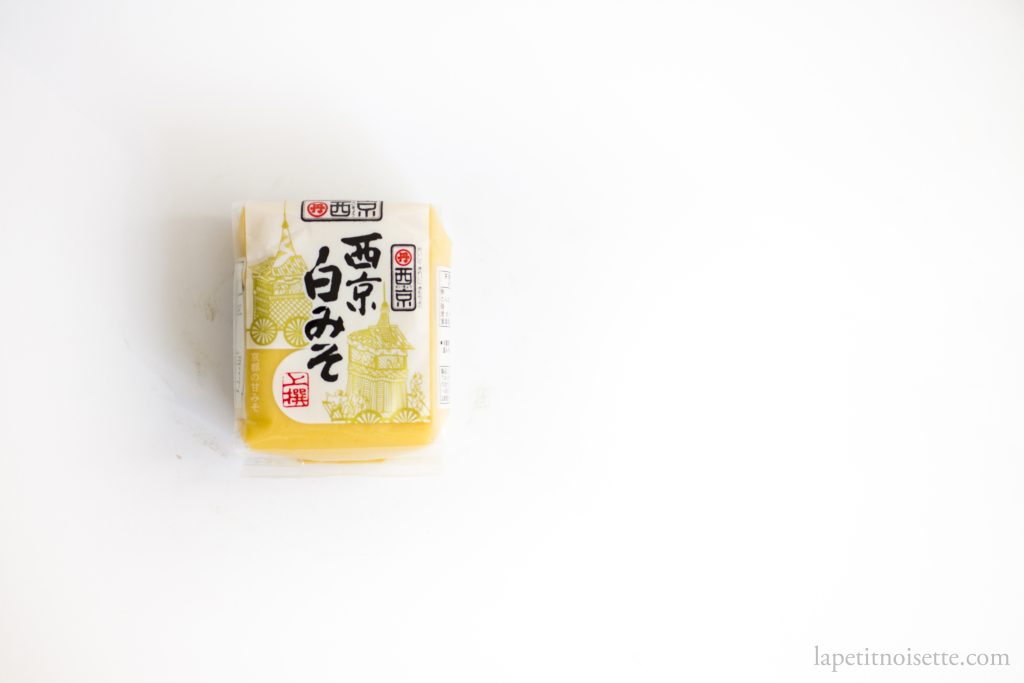
A final note just to re-emphasise, the use of hatcho miso in yubeshi is not unheard of but slightly unconventional, so you might find the product slightly too savoury and bitter to your liking. I personally quite like it but if you can predict that you might not, I recommend substituting it out with red miso.
I was just watching a show from Japan wildbor was the main protein. There were about 5 different small plates. Wildbor with kimchi, wildbor with a wine and persimmon sauce. The one that was intriguing was the one with the miso fulled yuzu.
I have an Asian supermarket going see if I can track down most of these ingredients and give it a try. Thank you.